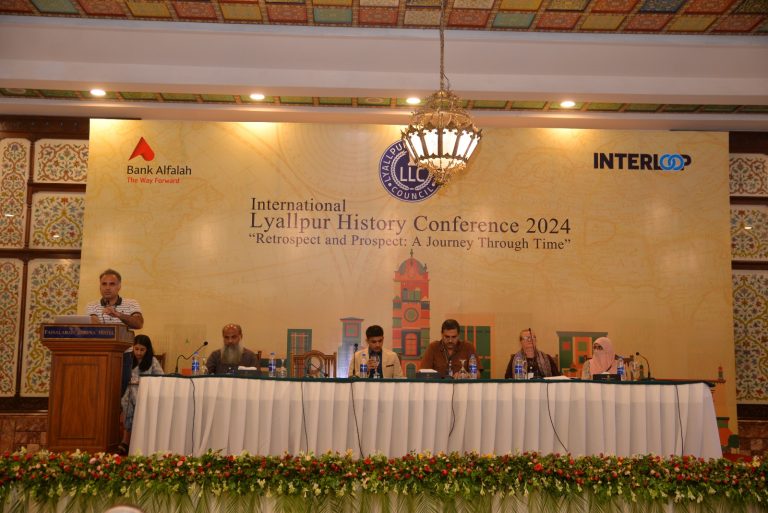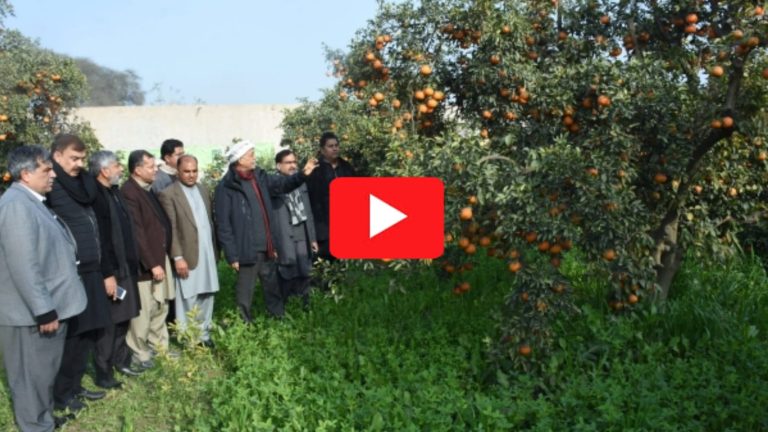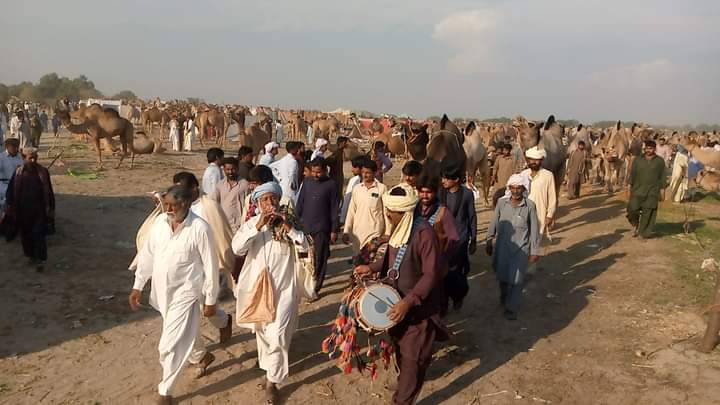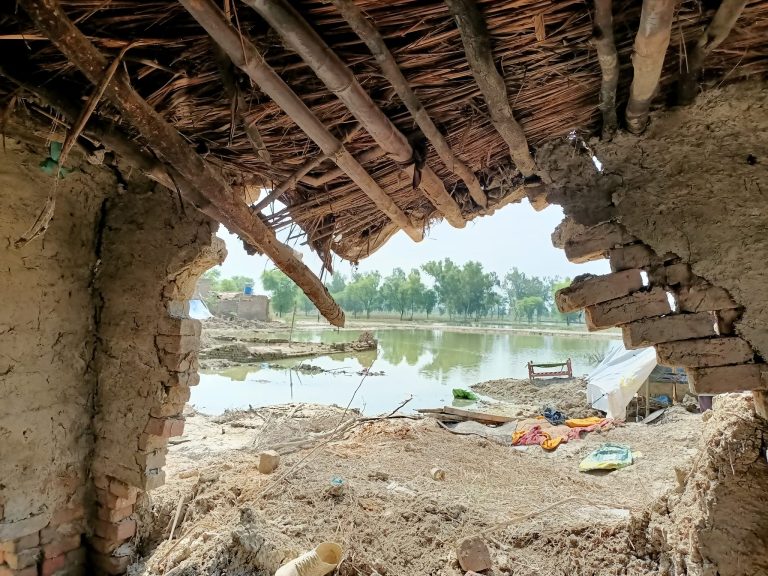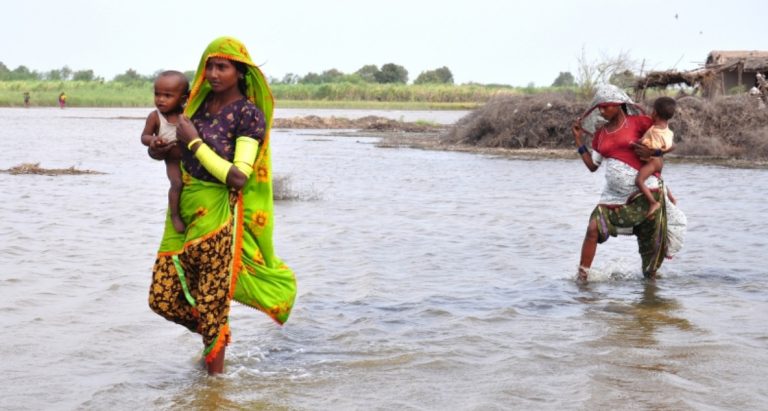Impact of Climate Change on Rural Women
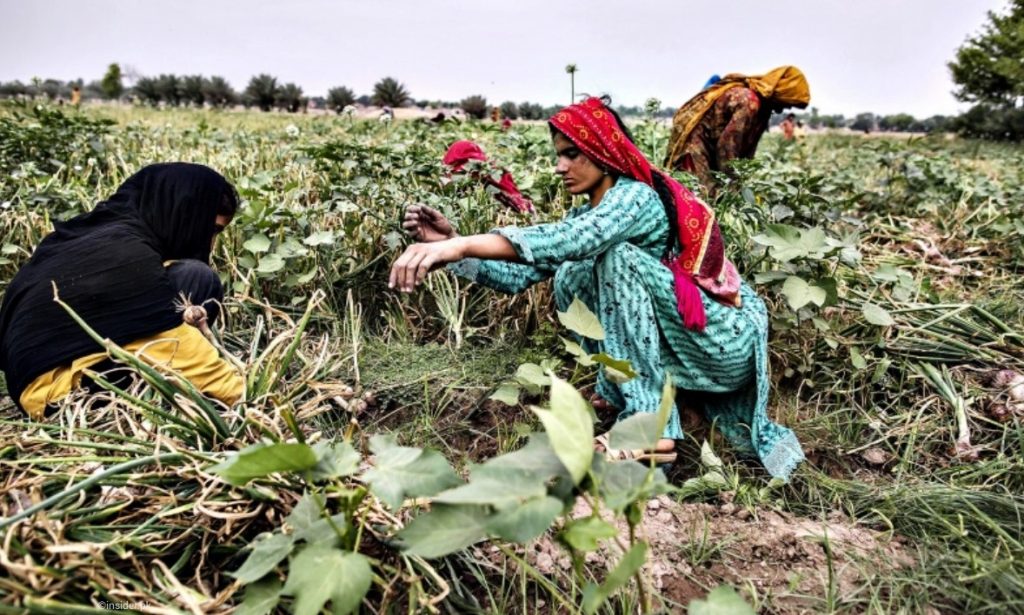
Rural women play a crucial role in agricultural development, promoting rural economies, ensuring food security, and alleviating poverty. Their contributions to sustainable agricultural practices, environmental preservation, and biodiversity conservation are vital for achieving gender equality and empowering women and girls. As stewards of the land and biodiversity, rural women are responsible for producing nearly half of the world’s food supply, and their involvement in land management is essential for maintaining the natural environment, enhancing climate resilience, and safeguarding biodiversity.
Rural women, especially those involved in agriculture, have learned to cope with and adapt to climate change through sustainable agricultural practices. They have adopted methods such as transitioning to drought-resistant seeds, using low-impact or organic soil management techniques, and leading community-based reforestation efforts. Their indigenous knowledge and practices are invaluable in environmental conservation. Rural women are at the forefront of global and national climate movements, advocating for action to mitigate the causes of global warming and adapt to its effects for the benefit of current and future generations.
Despite their significant contributions, climate change disproportionately affects rural women, particularly those from marginalized communities and small-scale farming households. These women are more vulnerable to environmental degradation, biodiversity loss, and pollution. Their reliance on agriculture for livelihoods, combined with socio-economic disadvantages, makes them more susceptible to the adverse impacts of climate change. In many regions, rural women face restrictive social norms and laws that limit their participation in decision-making processes within their households and communities.
A recent report from the World Health Organization (WHO) highlights that rural women, who comprise approximately 22% of the global population, face challenges related to poverty, limited access to education and healthcare, and unequal employment opportunities. Gender inequality also affects their ability to adapt to climate change. Women-headed households, particularly in low- and middle-income countries, experience greater losses from climate-related shocks such as heatwaves and floods than male-headed households. For instance, women-headed households suffer an 8% higher income loss than male-headed households due to heatwaves, amounting to $37 billion annually. Floods also result in a 3% income loss for women-headed households, leading to a $16 billion annual loss compared to male-headed households.
A report by the United Nations’ Food and Agriculture Organization (FAO) published in March 2024 underscores that gender disparities significantly influence women’s ability to adapt to climate change. The report used data from over 24 low- and middle-income countries, encompassing five regions and over 100,000 households. It revealed that women-headed households experience disproportionately higher income losses than their male counterparts due to their limited access to essential resources such as irrigation systems, drought-resistant seeds, and agricultural technology.
Climate change also increases the unpaid care work burden on rural women. On average, women spend 4 hours a day on unpaid household and caregiving tasks, compared to less than 2 hours for men. As climate change exacerbates the need for activities like fetching water and firewood or maintaining agricultural productivity, rural women find themselves spending even more time on unpaid labour. Gender inequalities in agricultural and food systems also persist, with women earning less for their work, owning less productive land, and having limited access to financial and mobile technologies compared to men.
Addressing these challenges requires gender-transformative approaches that consider both material inequities and social norms. Expanding women’s access to land and agricultural resources can positively impact productivity, reduce gender-based violence, and improve family nutrition. Gender-focused projects and policies can enhance rural women’s resilience to climate change and other shocks, benefiting not only women but also entire families and communities.
A report by FAO estimates that closing the gender gap in agricultural productivity could lead to a 1% increase in global productivity, reducing food insecurity for 45 million people. Additionally, policies focused on empowering women could improve resilience for 235 million households globally, enabling them to better cope with climate shocks.
In Pakistan, according to the 2023 census, rural women account for more than half of the rural population, with 67% of them engaged in agriculture. A large portion of these women work as unpaid labourers in their households, while only 25% receive minimal wages. Rural women in Pakistan face immense challenges, from limited access to resources to socio-cultural barriers that restrict their economic and social participation.
It is essential to bridge these gaps by providing rural women with the necessary resources, education, and support to adapt to climate change and improve their livelihoods. Governments, NGOs, and international organizations must collaborate to implement policies and initiatives that empower rural women, ensuring their voices are heard and their needs addressed in the fight against climate change. By investing in rural women’s resilience, we can help mitigate the impacts of climate change on vulnerable communities and promote a more sustainable and equitable future for all.

